Our Product Line
Solving Fuel & Oil Contamination Challenges
Multistage Filtration
Smart Filtration Bulk Assemblies are designed to remove water and particulate matter from Bulk Fuel Applications. For best results, we recommend using Fuel Water Separator Bulk Assembly & Pre-Filter Particulate Bulk Assembly in conjunction with Smart Filtration ST Manifolds fitted with our Ultra High Efficiency Spin-On Elements.

Pre-Filter Particulate Bulk Assembly
Specifications:
- Max Flow Rate: 317 gpm / 1200 Ipm (Diesel Fuel)
- Max Pressure: 58 psi / 4 bar
- Pressure Testing: Assembly Undergoes Pressure Test of 600kPa / 6 Bar Max at Factory
- Flow Direction: Inside Out Flow
- Flanges: 100NB ASA 150
- Accessories: Pressure Gauge & Adapter (Included)
-
Service Element:
23µm(c) ß1000 Bulk Assembly Element
14µm(c) ß1000 Bulk Assembly Element
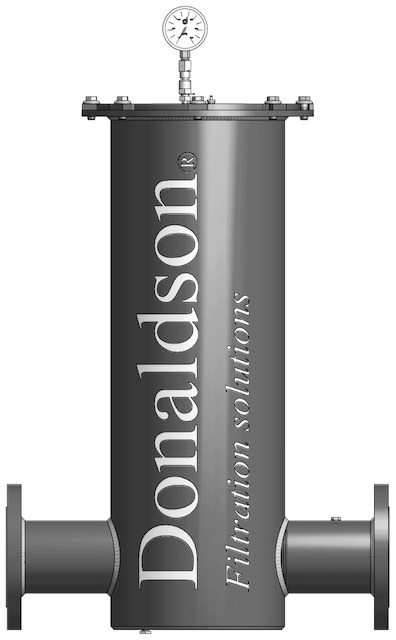
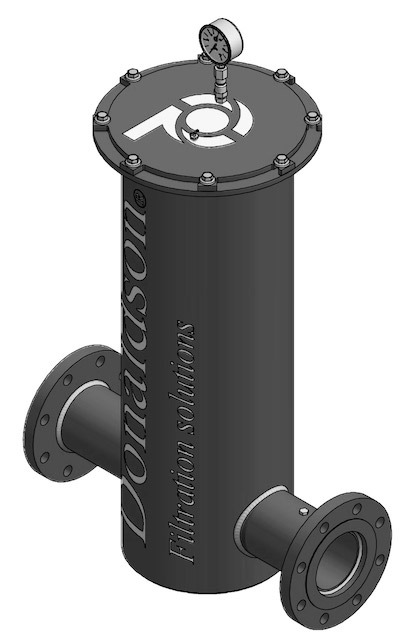
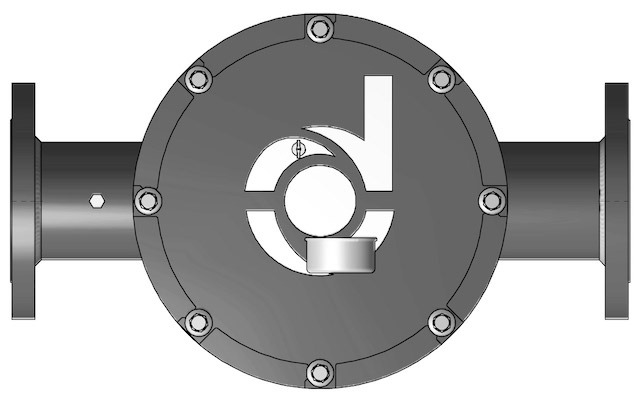
Fuel Water Separator Bulk Assembly
Specifications:
- Max Flow Rate: 158.50 gpm / 600 Ipm (Diesel Fuel)
- Max Pressure: 58 psi / 4 bar
- Pressure Testing: Assembly Undergoes Pressure Test of 600kPa / 6 Bar Max at Factory
- Flow Direction: Outside In Flow
- Flanges: 100NB ASA 150
- Accessories: Pressure Gauge & Adapter, Drain Kit (Included)
-
Service Element:
Water Separator Element (via Coalescence)
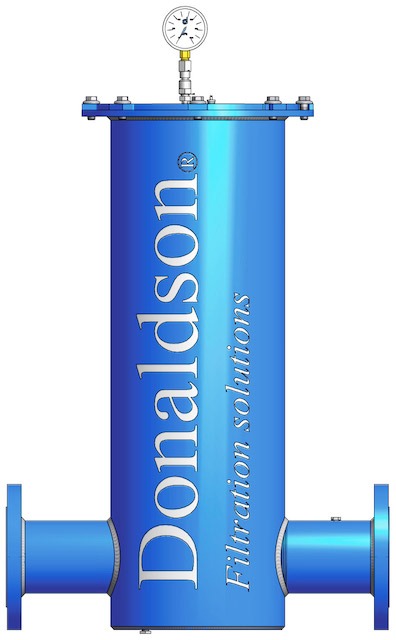
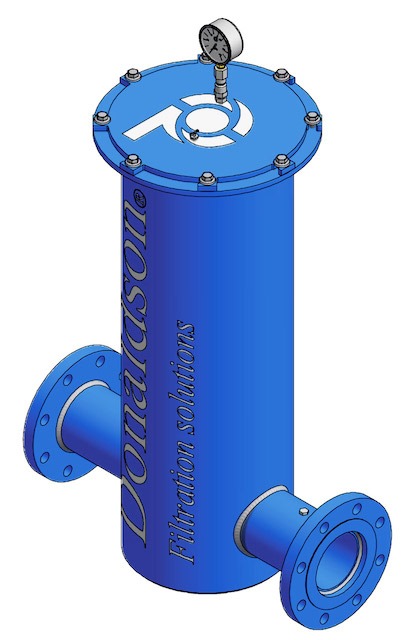

23µm Bulk Assembly Element
Donaldson-developed Synteq ® synthetic filter media has smooth, rounded fibers for low resistance to fluid flow. Synteq ® media is ideal for filtering synthetic fluids, water glycols, water/oil emulsions, HWCF and petroleum-based fluids.

Specifications:
- Donaldson Synteq ® Synthetic Filter Media
- Efficiency per ISO 16889: ß 23µm(c)= 1000 / 99.90% Efficiency
- Max Flow Range: 317 US GPM / 1200 LPM (Diesel Fuel)
- Operating Temperature: 40°F to 190°F / -40°C to 88°C
- Outer Diameter: 188.98 mm (7.44 inch)
- Inner Diameter: 123.44 mm (4.86 inch)
- Length: 558.8 mm (22.00 inch)
- Manufacturer: Donaldson Company, Inc.
- Country of Origin: Canada
- Gross Weight in Kilograms: 4.65
14µm Bulk Assembly Element
Donaldson-developed Synteq ® synthetic filter media has smooth, rounded fibers for low resistance to fluid flow. Synteq ® media is ideal for filtering synthetic fluids, water glycols, water/oil emulsions, HWCF and petroleum-based fluids.

Specifications:
- Donaldson Synteq ® Synthetic Filter Media
- Efficiency per ISO 16889: ß 14µm(c)= 1000 / 99.90% Efficiency
- Max Flow Range: 317 US GPM / 1200 LPM (Diesel Fuel)
- Operating Temperature: 40°F to 190°F / -40°C to 88°C
- Outer Diameter: 188.98 mm (7.44 inch)
- Inner Diameter: 123.44 mm (4.86 inch)
- Length: 558.8 mm (22.00 inch)
- Manufacturer: Donaldson Company, Inc.
- Country of Origin: Canada
- Gross Weight in Kilograms: 4.65
Water Separator Element
Smart Filtration Solutions’s Water Separator Element fits Smart Filtration Fuel Water Separator Bulk Assembly. This product is designed to remove water and particulate contaminants from bulk fuel applications.
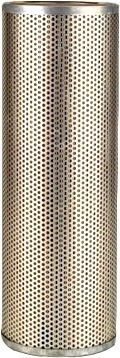
Specifications:
- Cellulose Filter Media
- Efficiency per ISO 16889: ß 20µm(c)= 75 / 99% Efficiency
- Max Flow Range: 158.50 gpm / 600 Ipm
- Operating Temperature: 40°F to 190°F / -40°C to 88°C
- Outer Diameter: 188.98 mm (7.44 inch)
- Inner Diameter: 123.2 mm (4.85 inch)
- Length: 558.8 mm (22.00 inch)
- Manufacturer: Donaldson Company, Inc.
- Country of Origin: Mexico
- Gross Weight in Kilograms: 3.80
Modern Engines Demand Clean Fuel
Progressive introduction of increasingly stringent emission standards have resulted in sophisticated diesel engines that require cleaner fuel than ever before to operate efficiently, due to injection pressures of more than 30,000 PSI and extremely tight tolerances. In engines where precision is everything, you can’t risk the damage done by high-velocity microscopic contaminants. At 30,000 PSI (2000 BAR), every unfiltered particle acts almost like a tiny sandblaster, eroding the injector, creating inefficient spray- patterns and potentially over-fueling the engine. A fouled injector doesn’t spray fuel efficiently and may lead to improper idle, irregular fuel distribution, unsuitable exhaust emissions and poor fuel economy.
We Have Great Answers
Frequently Asked Questions
Common rail injector’s pressure can go up to 2700 BAR. This increase in pressure has a major impact on the cleanliness level of the fuel that is allowed to flow through the injector.
We always stress the fact that the main aspect to consider in choosing a filtration unit is the balance of efficiency, capacity and pressure drop. There are many factors to consider when it comes to dirt holding capacity: flow, viscosity, system pressure drop, contaminant properties, etc. All these factors have an impact on the dirt-holding capacity of a filter.
If you get a bad batch of fuel, a kidney loop system will then have to recirculate the entire volume of what was in your tank + the new delivery. A kidney loop system cannot physically clean all fluid in the tank; there is always a point of zero gravity that a kidney loop system will not filter. Start – Stop principle that is frequent at a kidney loop releases small particles.
As long as tanks are interconnected and have one main inlet, it doesn’t matter how many tanks you have on site. We carefully design and size up the installation to coup with service intervals. Some of our end users have up to 8 fuel tanks connected to a single manifold on the inlet side.
Smart Filtration Solutions gives you 100% control over the cleanliness of fuel you receive. Many people assume they are buying quality fuel that meets the required specifications; diesel fuel cleanliness is rarely questioned. But higher fuel systems operating pressures, lower system tolerances and tighter filtration have pushed fuel cleanliness into the maintenance spotlight.
Normally, laser and automated white light particle counters are used to detect the contamination that is present in fluids. It may happen that these particle counters are not accurate and count phantom particles because of the difficulty in differentiating dirt, water or additives. Phantom particles count is more present in fluids blended with additives than in base fluids.